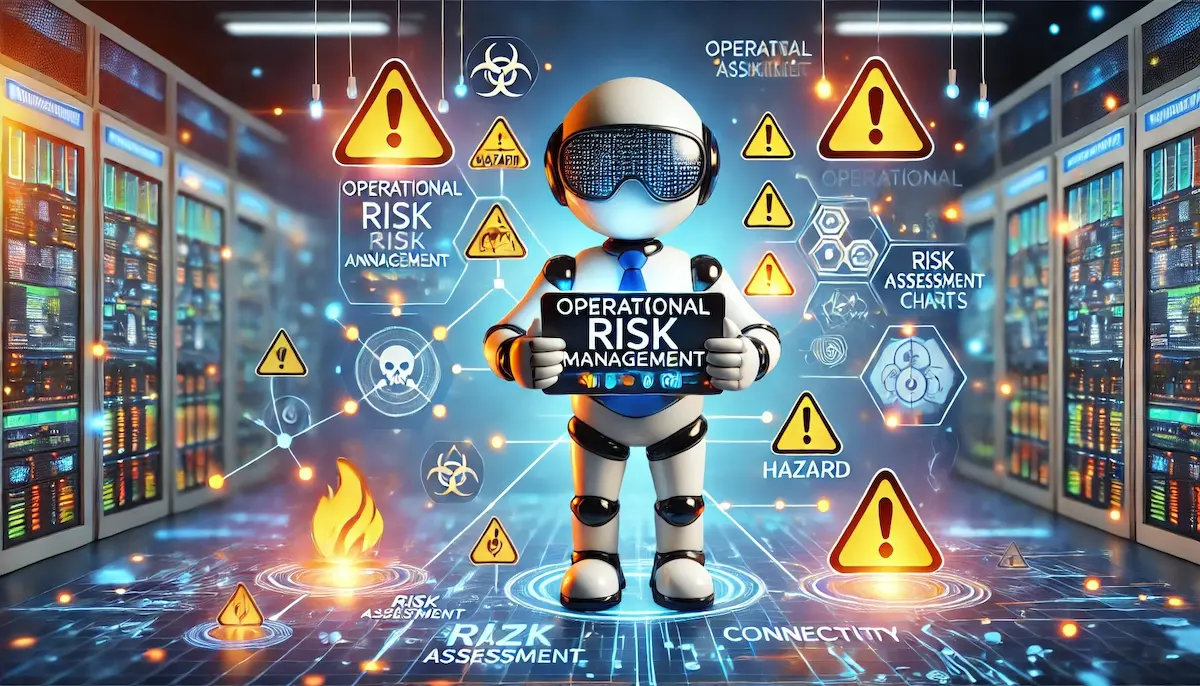Operational risk management (ORM) is the process of identifying, assessing, and mitigating risks that arise from an organization’s internal processes, people, systems, and external events. Effective ORM helps organizations minimize potential losses and disruptions, ensuring smooth and efficient operations. Let’s explore the key aspects and benefits of operational risk management.
The Role of Operational Risk Management
Operational risk management focuses on safeguarding an organization against risks that can disrupt its day-to-day activities. These risks can include system failures, human errors, fraud, and external events such as natural disasters. By managing these risks effectively, businesses can maintain operational continuity, protect their assets, and enhance overall performance.
Key Components of Operational Risk Management
Several key components contribute to successful operational risk management:
1. Risk Identification
The first step in ORM is identifying potential operational risks. This involves recognizing risks in various areas such as processes, systems, personnel, and external factors. Techniques such as risk assessments, audits, and employee feedback can help in identifying these risks.
2. Risk Assessment
Once risks are identified, they must be assessed to determine their potential impact and likelihood. This involves evaluating the severity of each risk and its potential consequences on operations. Tools such as risk matrices and scenario analysis can be used for this purpose.
3. Risk Mitigation
Risk mitigation involves developing strategies to reduce or manage the identified risks. This can include implementing internal controls, enhancing training programs, upgrading systems, and developing contingency plans. Effective mitigation strategies minimize the impact of potential operational disruptions.
4. Risk Monitoring
Continuous monitoring of operational risks is essential for ensuring that risk management strategies remain effective. This involves regularly reviewing risk exposures, assessing the effectiveness of mitigation measures, and making adjustments as needed. Real-time monitoring tools and key risk indicators (KRIs) can aid in this process.
5. Incident Management
Effective incident management involves promptly responding to operational risk events when they occur. This includes identifying the root cause, addressing the issue, and implementing measures to prevent recurrence. A well-defined incident management process ensures quick recovery and minimizes impact.
6. Reporting and Communication
Clear and timely reporting of risk information to stakeholders is crucial for informed decision-making. This includes providing regular updates on risk exposures, mitigation efforts, and any changes in the risk landscape. Transparent communication builds trust and supports strategic planning.
7. Regulatory Compliance
Ensuring compliance with relevant regulations and standards is a critical aspect of ORM. This involves staying informed about regulatory changes, implementing necessary controls, and maintaining accurate records. Compliance reduces the risk of legal penalties and reputational damage.
Benefits of Operational Risk Management
Implementing effective operational risk management practices offers numerous advantages for organizations:
1. Enhanced Operational Resilience
By identifying and mitigating operational risks, organizations can maintain business continuity and quickly recover from disruptions. This resilience helps ensure smooth and efficient operations.
2. Reduced Financial Losses
Effective ORM minimizes the likelihood and impact of operational risk events, reducing potential financial losses. This helps protect the organization’s bottom line and ensures financial stability.
3. Improved Decision-Making
Risk management provides valuable insights into potential threats and opportunities. This supports better decision-making by enabling leaders to evaluate the risk-reward balance of various strategies and actions.
4. Increased Efficiency
Streamlined processes and enhanced controls reduce the likelihood of errors and inefficiencies. This leads to improved operational performance and productivity.
5. Enhanced Reputation
Strong risk management practices build confidence among customers, investors, and stakeholders. Demonstrating a commitment to managing operational risks enhances the organization’s reputation and trustworthiness.
6. Regulatory Compliance
Ensuring compliance with relevant regulations and standards reduces the risk of legal penalties and reputational damage. This fosters trust with regulators, customers, and partners.
7. Continuous Improvement
Regular monitoring and assessment of operational risks support a culture of continuous improvement. Organizations can adapt and refine their risk management strategies to address emerging risks and changing conditions.
Conclusion
Operational risk management is essential for protecting an organization from potential disruptions and ensuring smooth, efficient operations. By implementing robust ORM practices, businesses can enhance operational resilience, reduce financial losses, and improve decision-making. As the business environment continues to evolve, effective operational risk management will remain crucial for achieving long-term success.
Blockfine thanks you for reading and hopes you found this article helpful.
